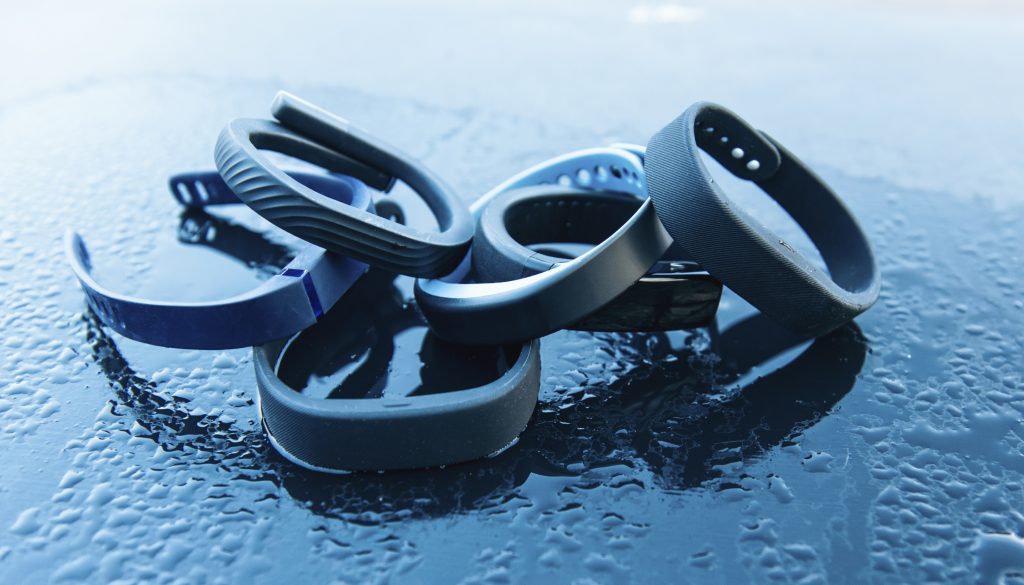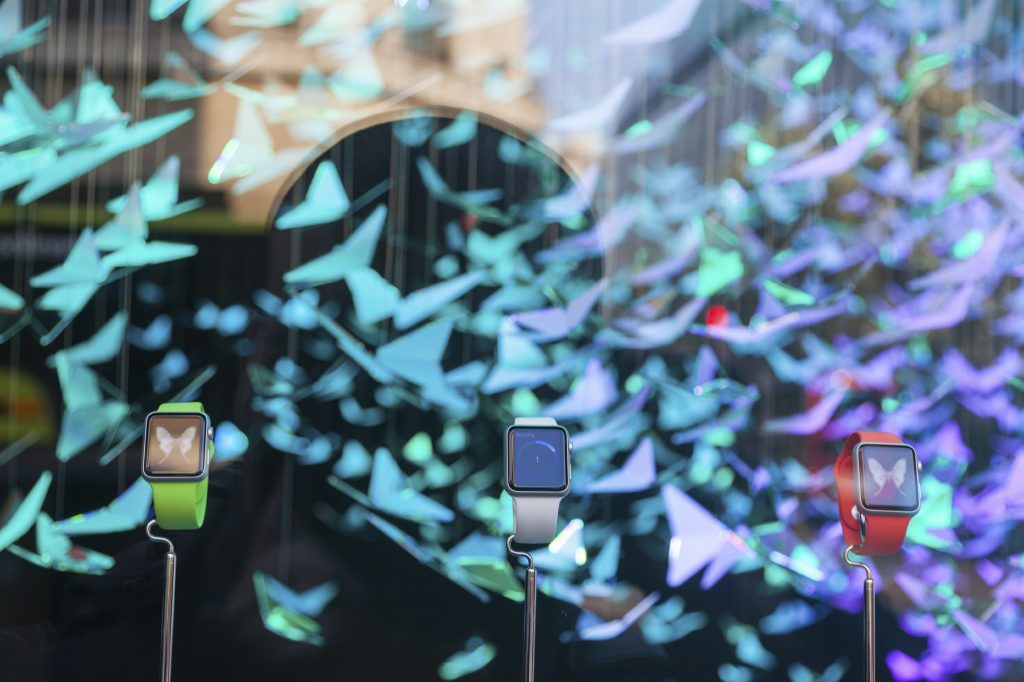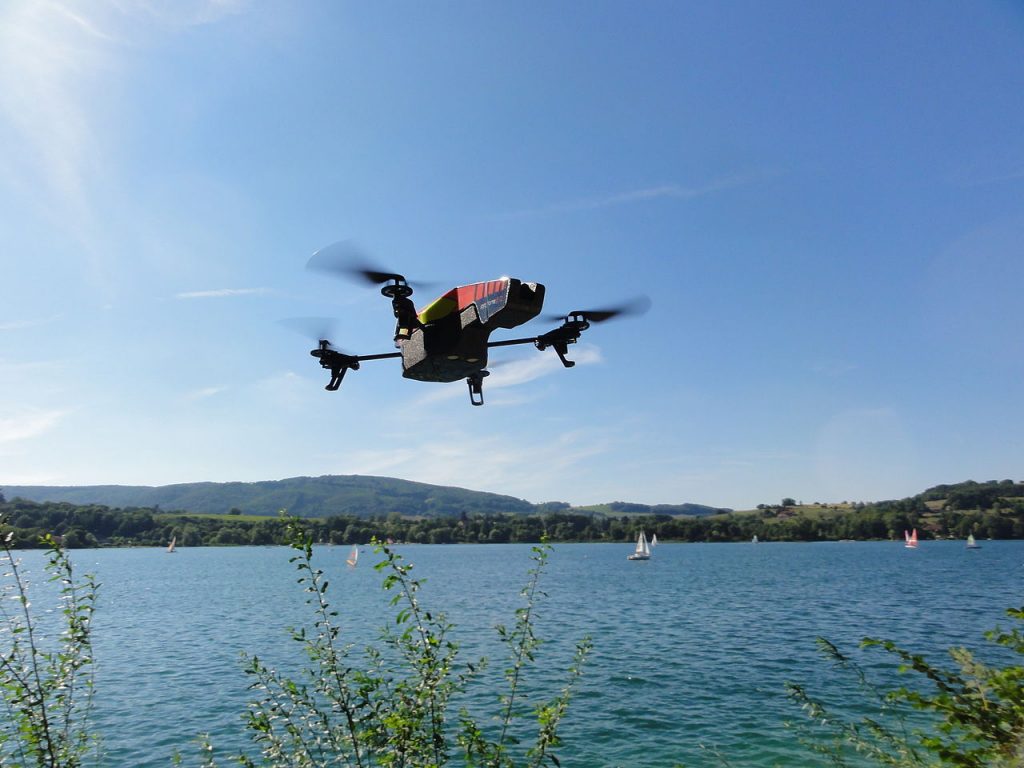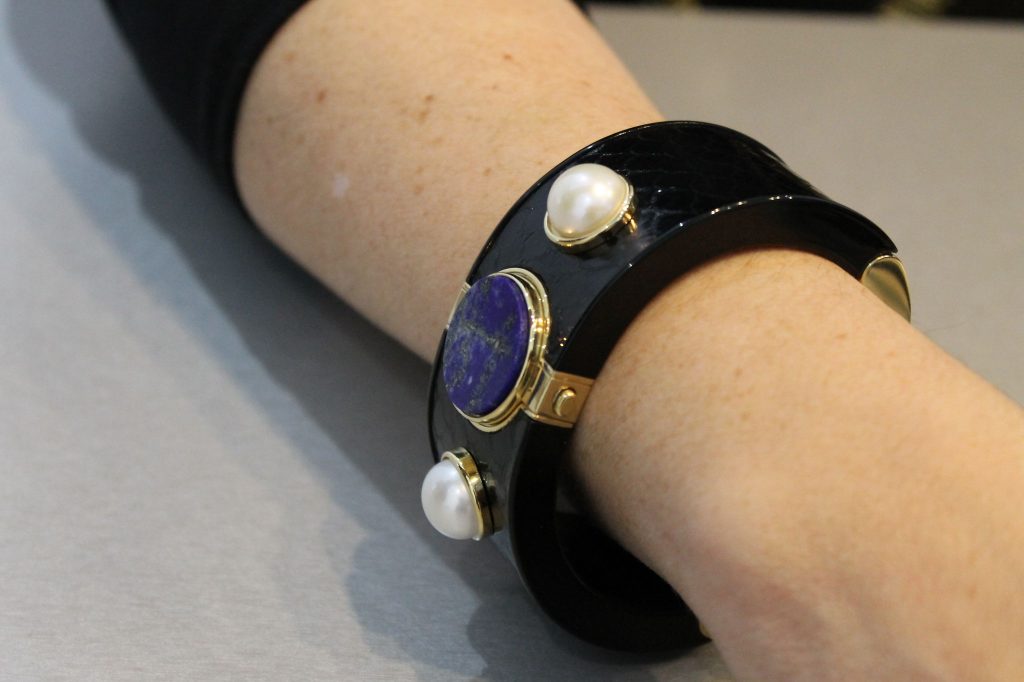2016 is just around the corner, and with a new year comes new opportunities. 2015 was definitely a big year for wearable tech but things are just getting started. Here are some of the things I expect will happen to wearable tech in 2016.
Prediction 1: Hype begins to fade as wearables make their way down the trough
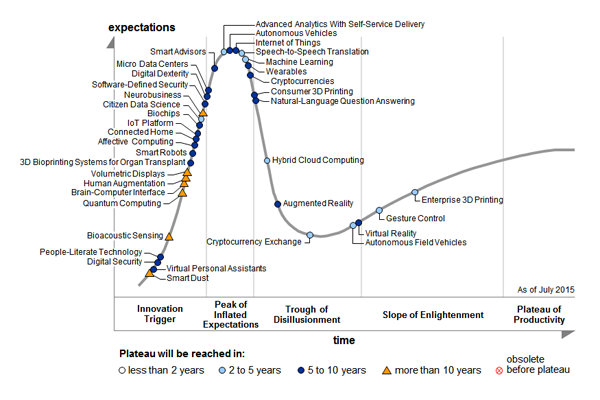
One of the most influential analyst reports published on wearable tech this year was Gartner’s Hype Cycle for 2015. The Hype Cycle outlines the journey of tech trends as they move towards maturity and adoption. This year, Gartner moved wearables further down the ‘Peak of Inflated Expectations’ (i.e. hype) to sit on the cusp of the ‘Trough of Disillusionment’, and I expect it will sit just inside this downward slope next year. Entering the ‘Trough’ will echo one of the biggest trends we will see for wearables next year, as the focus shifts to delivering value as the hype begins to fade.
Next year is go time for many wearable categories. As early adopters are now educated on what the tech is, they will (and have already) begin to question why they should wear it. And as this tech moves towards mass consumer adoption, the average user will not be as forgiving if their spend doesn’t translate into value. 2016 will see harsher criticism on wearable tech players who are releasing second and even third-generation products, and tough questions for startups creating new wearable tech for tech’s sake.
Prediction 2: The wearable melting pot gets taken off the stove
One of my biggest pet peeves about the wearable space is that we often talk about wearables as if they were all apples to apples. “Should you buy an activity tracker or virtual reality device? A smartwatch or a pair of smart glasses?”
In reality, the comparison is apples to pears. We have adopted a melting pot mentality with wearable tech and its time to take the pot off the stove. We are beginning to see some clear categories in wearable tech, and I predict/hope that next year we will talk about the products and services in each wearable category in relation to each other. But this does require a common lexicon, which I am not sure we have fully sorted out. 2016 is a good year to nail down the terms and begin to analyze individual categories of wearable tech.
Prediction 3: Data begins to eat hardware
As hardware starts to become a commodity in many of the wearable categories, I’ve noticed a marked difference in the way wearable companies are marketing themselves. Whereas two years ago the marketing messaging from wearable companies was on the device and sensors, companies are beginning to shift their focus to talk about the data they are collecting, and the algorithms they have perfected to make sense of it all.
This shift towards data, and more importantly, how it is being used, is where we will start to see value created in the wearable space. I expect 2016 to be as much about wearable data and software as it is about hardware. Expect the wearable conversation next year to be focused on data collection (including privacy and security), cognitive computing (including machine learning and adaptive algorithms) and software development. This emphasis on data will also usher in new revenue models. Those companies capable of connecting the dots with their own hardware or other existing wearable platforms will survive Gartner’s ‘Trough’ and will ultimately be the ones that help wearables succeed.
Prediction 4: Wearables join drones, smart fridges and connected toys as targets for hacks
While 2015 surfaced a lot of talk on the security vulnerabilities of wearable tech, 2016 could potentially be the year that we see something happen. The big difference in 2016 is scale. With Fitbit selling over 13 million devices so far this year – not including holiday season sales, which caused its app shot to number one in the Apple store – there may be enough devices out on the wrists of users to get the attention of hackers next year. I hope I’m wrong but 2016 may be the year wearables are hacked for personal information.
Prediction 5: Wearables will not disappear in 2016, sorry
Those hoping that next year will say goodbye to bulky smartwatches and elastomer wristbands are going to be disappointed. Although I do believe we will see more fashion collaborations make wearables much more wearable, as well as advancements in smart patches and smart tattoos, I don’t think 2016 is the year the tech moves to the background completely. I would suggest you brace yourself for another year of devices that kind of look like dumb glasses, watches, bracelets, and rings – albeit slightly bulkier to fit in all that tech.
Prediction 6: 2016 will be the year of the fitness band with Fitbit continuing its reign

If there is one wearable I’d bet will be on the bodies of the mainstream next year it will be a fitness band, and I expect that Fitbit will continue its dominance in this space. But with increased competition from the likes of Xiaomi and Misfit (now Fossil), which have dramatically cheaper price points, I expect we will see some big changes from Fitbit next year, including devices with new or improved sensors, a potential payment partnership and a keen focus on meaningful use of the data it is collecting.
As fitness band adoption continues in 2016, I believe we will see a growing amount of insurers, HR departments, and marketers leverage these devices as a way to connect with users. This means fitness bands will be used for more than just tracking fitness goals, as a brand new ecosystem is created where fitness data can be traded as a form of currency for deals, rebates, and access. In order for this to happen, however, issues with privacy and security will need to be tackled.
Prediction 7: Next generation smartwatches will provide a better foundation for apps
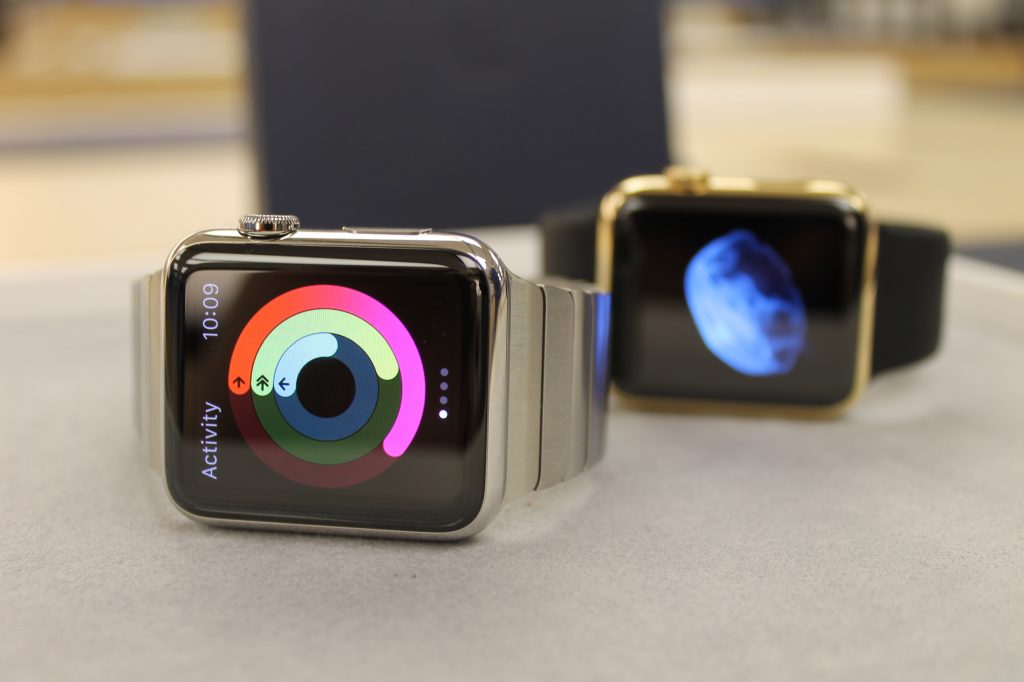
While smartwatches will not displace fitness bands this year, at least not for the majority of users outside of early adopters, the smartwatch space will see some significant growth in 2016 as it prepares to ride the wrists of the mainstream. Smartwatch hardware will continue to evolve with second and even third-generation devices and operating systems, including the rumored Apple Watch 2 and watch OS3, and a sea of new Android Wear devices from tech companies and fashion brands alike.
While we are sure to see smartwatches look better, the most important changes will be in the use of improved screens, batteries, and chipsets, as well as more independence from the smartphone, which will provide the necessary foundation for apps for the device. Killer apps are a requirement to turn the smartwatch into a must-have life device for users. This year we saw app developers begin to dabble in smartwatch app development, but with limited tools and sensor access and a mobile-centric mentality we didn’t see much in the way of innovation. I expect that we will see a handful of successful app developers crack the code with smartwatch apps in 2016 by thinking wearables-first in leveraging the unique offerings of a smartwatch, including sensors and haptic feedback, to redefine what an app means on this platform.
Prediction 8: Mobile VR will have a banner year while dedicated devices will drive innovation

Despite dedicated virtual reality devices finally hitting the consumer market next year, including Oculus Rift, HTC Vive, and PlayStation VR, I expect that we will continue to see most of the adoption for VR be driven by Mobile VR devices like Cardboard and Gear VR. Dedicated devices will require high performing machines, as well as a room setup with sensors or cameras to provide an optimal experience, which isn’t something the average person can afford nor find the space for – but it is definitely something hardcore gamers and early adopters with disposable income will invest in. With Cardboard devices being given out for free, Gear VR costing less than a $100, and both just requiring you to pop in something you already have in your pocket – your smartphone – Mobile VR is ready to hit the mainstream.
While dedicated devices will push innovation in VR content with complex games and experiences for both entertainment and the enterprise, Mobile VR will be ushered in by 360-degree content. 2016 will be a huge year for 360-content both for VR and the browser. This year we saw Facebook, YouTube and Flickr support 360 photos and video. Next year I’d expect to see Instagram join in on the party. 360-degree social posts (photos and videos), movie trailers, short films, and porn shot in 360-degree format will be key drivers to the Mobile VR revolution, and we will see a ton of this in 2016. And viewing this content in VR won’t always be a solitary experience, as social VR will continue to see traction in 2016, bringing people together to watch videos and chat together in a virtual space.
Of course, to shoot 360-degree content you need the right equipment. 2016 will bring with it new camera options for both amateurs and professionals alike, including smartphone applications, smartphone attachments, and dedicated 360-degree cameras.
One additional trend I predict we will see in the VR space is an influx of controllers and accessories that aim to bring physicality to the virtual reality, putting our hands, feet and other senses into the virtual world.
Prediction 9: The enterprise sees success through the lens of smart glasses
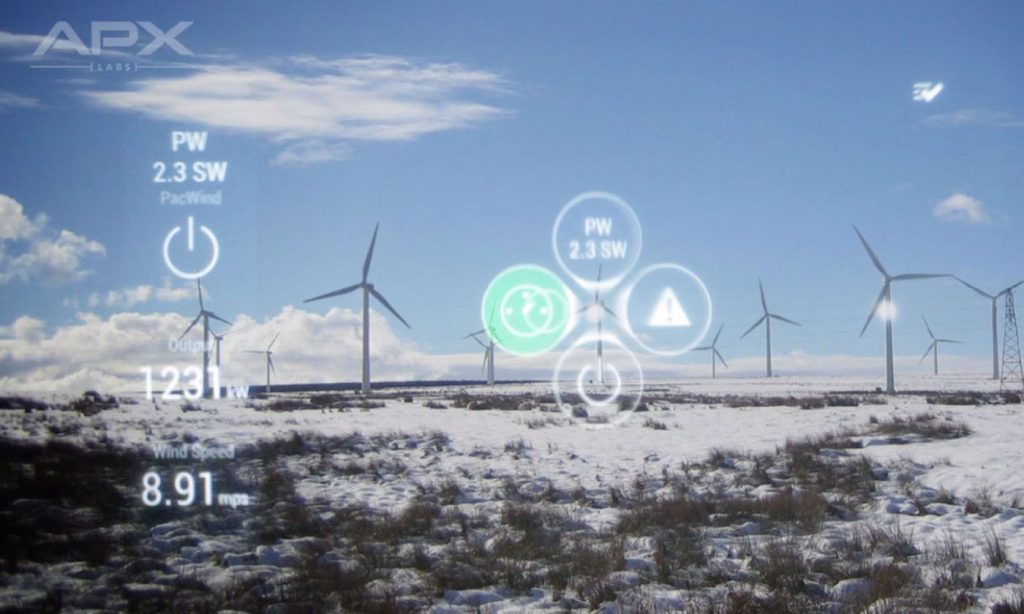
Smart glasses had a lot of attention in the consumer space in 2014 because of Google’s Glass Explorer program, but this segment of wearables went relatively quiet in 2015 once the program was shut down. While we may not have heard much from the likes of Meta, Atheer, Google Glass, and even Epson this year in the consumer space, these devices were making significant inroads in the enterprise, especially with the help of enterprise solution providers like APX Labs and Vandrico.
2016 will see success stories surface of wearables as effective tools in the enterprise, especially smart glasses boasting heads-up displays and augmented reality features which equip users with a ton of tools right at eye level, leaving them hands-free to perform their job. Along with solutions from the Glass at Work partners, I would expect 2016 will see case studies from Microsoft, Accenture, SAP, Deloitte, and Salesforce using wearable solutions to improve efficiencies and meet business goals in various sectors from oil and mining to healthcare.
Prediction 10: Smart clothing continues to be a niche, new tools emerge for designers
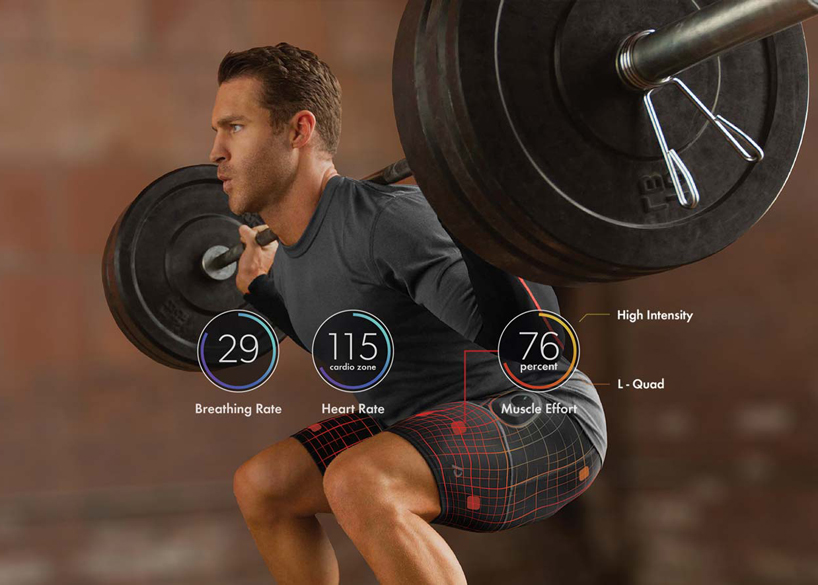
The first round of smart clothing is already on the market with OMsignal, Hexoskin, Sensoria, and Athos all offering consumer products, and companies such as Zebra and Catapult outfitting professional sports teams. 2016 will continue to see amateur and professional athletes adopt this technology, with major players like Under Armour potentially getting into the space. But I do not see this next year to be the year the average gym goer trades in their gym shorts for connected ones.
Beyond fitness, we will see the emergence of new smart textiles and tools, including e-ink displays and conductive yarns, which will equip fashion designers with what they need to produce connected garments at scale. 2016 will see the result of the collaboration between Google’s Project Jacquard and Levi’s, which will be a major milestone in connected clothing. Clothing and accessories that use technology as a means to further style, not simply to count steps and perform a function, such as e-ink bracelets and LED hoodies, will also be a growing trend to keep an eye on next year.
Prediction 11: Jedi envy, BCI hype heats up
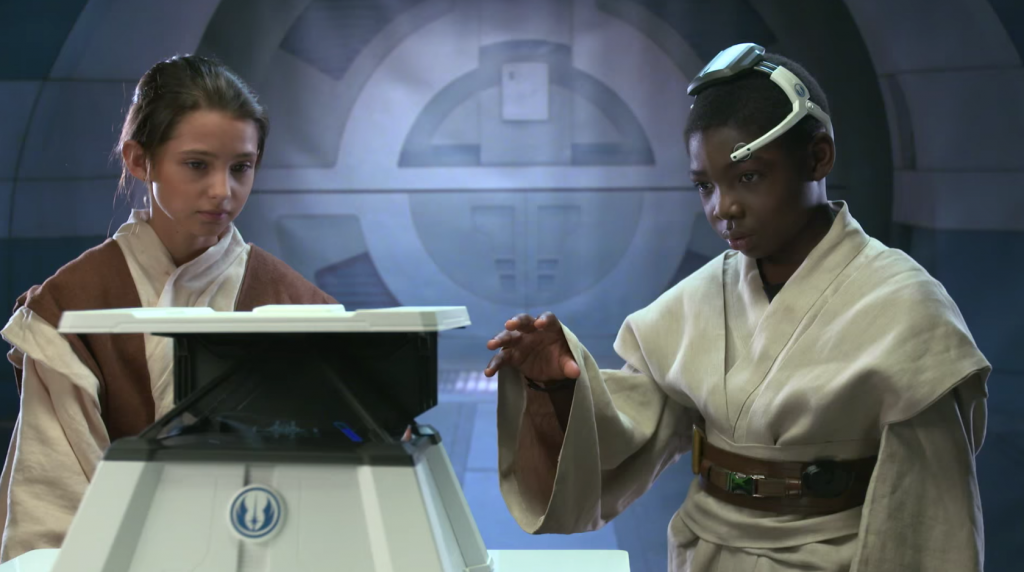
One of the categories of wearables that definitely will not be in the ‘Trough’ next year is BCI, or brain-computer interface. There are a couple of brain-sensing devices on the market already from the likes of InteraXon, Emotiv, and NeuroSky, but for the most part these devices are being used for experimental or maker projects, or in the case of InteraXon’s Muse, relegated to one single “friendly” purpose like mindfulness. But the power of BCI as a major input mechanism to the connected world is immense. I expect that next year the potential of BCI will be heavily explored with neurogaming, BCI and disability, and the use of our mind in relation to VR, robots, and IoT will get the attention of developers, entrepreneurs, and media alike.



